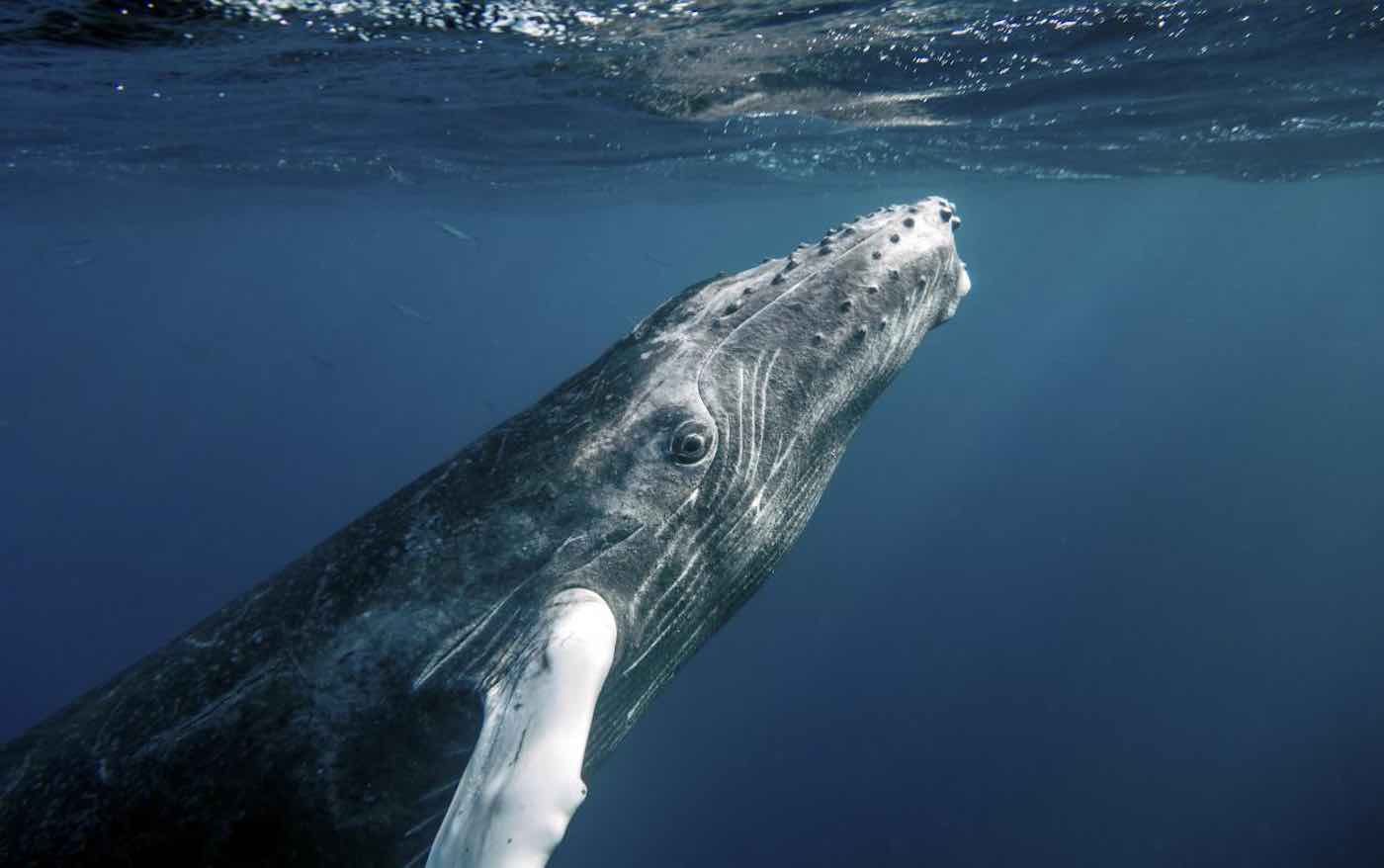Recent whale sightings in Nova Scotia, including the discovery of a humpback whale in the Stewiacke River, are prompting discussions about Climate change.
Tonya Wimmer, executive director of the Marine Animal Response Society, remarked on the unusual presence of species in unexpected locations, linking these events to potential shifts in oceanic conditions.
The humpback whale, first seen in the Shubenacadie River, was initially freed from sandbars but was found again in a weaker state and eventually died. The RCMP cautioned onlookers against stopping to view the whale, though many locals expressed surprise and curiosity at seeing such a large marine animal inland.
In another unusual sighting, an endangered blue whale was spotted in St. Marys Bay off Long Island, N.S., appearing to be in good health. This sighting followed the rescue of a beached minke whale in the same river by river rafters in June.
Wimmer noted an increase in bottlenose dolphin sightings in the region over recent years, describing these occurrences as atypical. She emphasized that warming oceans, changing food sources, and the health of marine animals are all interrelated concerns.
Richard Sears, a marine mammal researcher, suggested that the blue whale may have been seeking food, as these whales primarily feed on krill. He speculated that the blue whale might have moved on to other areas, given their ability to travel vast distances quickly.
Despite the challenging conditions for conducting a necropsy on the humpback whale due to the river’s difficult access and muddy terrain, provincial and federal officials are exploring options.
This article by Trinity Sparke was first published by One Green Planet on 9 July 2024. Image Credit :Thomas J Mitchell/Shutterstock.
What you can do
Help to save wildlife by donating as little as $1 – It only takes a minute.







Leave a Reply